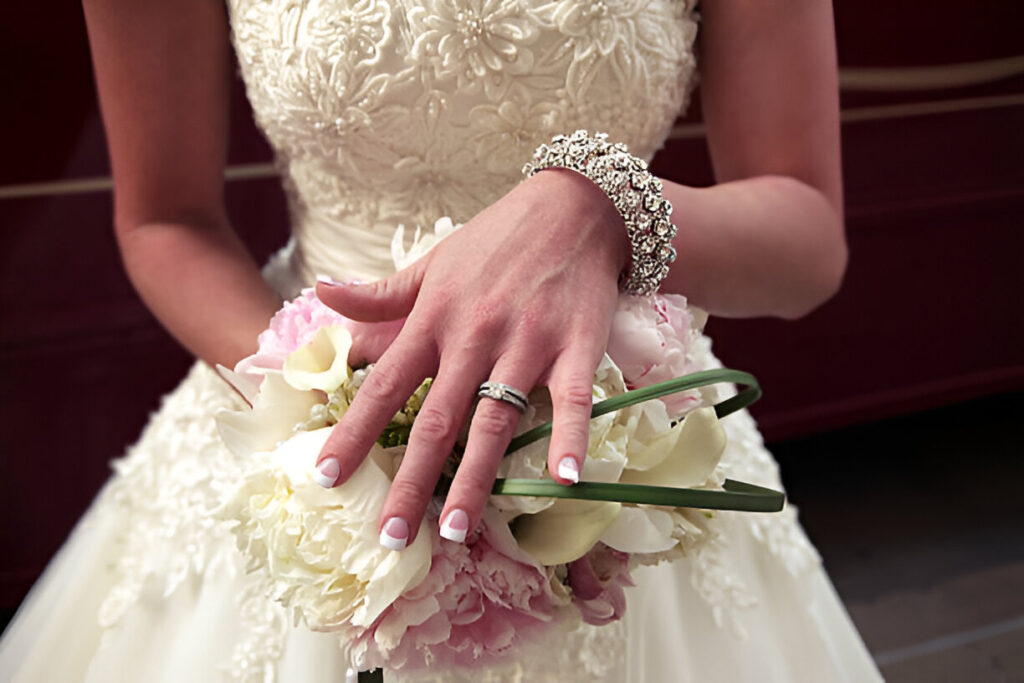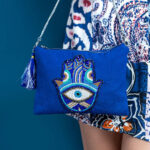Vintage engagement rings are gaining popularity in the United States for their charm, history, and one-of-a-kind appeal. Whether you’re drawn to their intricate designs or looking for a sustainable jewelry option, vintage rings offer something unique. This guide covers everything from what qualifies as vintage to popular styles, metals, and tips for buying in the USA.
What Makes an Engagement Ring “Vintage”?
Age and Historical Significance
A ring is considered vintage if it’s at least 20 to 30 years old. Many vintage rings come from specific historical periods such as the Art Deco era or the Victorian era. These rings reflect the fashion and craftsmanship of their time.
Not the Same as Antique
It’s important to distinguish between vintage and antique. Antique rings are usually over 100 years old. Vintage rings are younger but still carry decades of style and cultural influence.
Popular Vintage Engagement Ring Eras
Victorian Era (1837–1901)
Victorian rings often feature intricate filigree designs and romantic motifs like hearts, bows, and flowers. Yellow gold was a popular metal choice during this time.
Edwardian Era (1901–1915)
Edwardian rings are known for their elegance. Platinum became widely used, and designs were delicate, with lace-like patterns. Diamonds and sapphires were common center stones.
Art Deco Era (1920s–1930s)
Art Deco rings are among the most sought after. Their bold, geometric shapes and symmetrical patterns reflect the roaring twenties. White gold and platinum were often used.
Retro Era (1940s–1950s)
Rings from this time are larger and more colorful. You’ll find combinations of diamonds with rubies, emeralds, or sapphires. Rose and yellow gold were popular again.
Types of Vintage Engagement Ring Designs
Halo Settings
This design features a center stone surrounded by smaller diamonds. It became popular in the 1920s and adds sparkle and dimension to the ring.
Solitaire Styles
Simple yet classic, solitaire settings let the center stone shine on its own. Many vintage solitaires have unique prong settings or carved bands.
Cluster Rings
Cluster rings group smaller stones together to create a floral or starburst shape. This style was particularly popular during the mid-20th century.
Three-Stone Rings
Each stone represents the past, present, and future. Vintage three-stone rings often have detailed side engravings or smaller accent gems.
Common Gemstones and Metals in Vintage Rings
Diamonds
Diamonds are the most common gemstone found in vintage rings. Older cuts like Old European or Rose Cut have a softer, romantic sparkle.
Colored Gemstones
Vintage rings often feature sapphires, rubies, emeralds, and aquamarines. These stones add character and symbolism to each piece.
Metal Choices
Yellow gold, rose gold, platinum, and white gold are all found in vintage designs. The choice of metal often reflects the era in which the ring was made.
Why Choose a Vintage Engagement Ring?
Unique Designs
No two vintage rings are exactly alike. Each piece tells a story through its craftsmanship and wear. This makes vintage rings ideal for those seeking individuality.
Environmentally Friendly
Choosing vintage is a sustainable choice. It reduces the demand for new mining and supports the idea of reusing and preserving existing resources.
Value for Money
Vintage rings can offer better value than new ones, especially if you prioritize quality over modern branding. You might get a larger or higher-quality gemstone for a better price.
Sentimental Value
Many vintage rings carry emotional depth. Whether passed down or purchased with care, they often come with a sense of history and romance.
What to Know Before Buying in the USA
Get a Professional Appraisal
Before buying, have the ring evaluated by a certified gemologist. This ensures authenticity, especially if the ring includes older diamond cuts or rare metals.
Ask About the Ring’s History
Dealers often have information about where the ring came from, what era it belongs to, and any restorations it has undergone.
Check for Hallmarks
Hallmarks indicate the type and quality of the metal. They can also help identify the country of origin and sometimes the year of creation.
Work With Reputable Sellers
In the United States, many jewelers specialize in estate and vintage rings. Look for sellers who offer clear return policies and certification.
Caring for Vintage Engagement Rings
Regular Inspections
Because vintage rings are older, they may be more fragile. Have a jeweler inspect the prongs and settings every 6–12 months.
Gentle Cleaning
Avoid harsh chemicals. Use a soft toothbrush and warm, soapy water to clean the ring. Pat dry with a microfiber cloth.
Proper Storage
Store the ring in a fabric-lined box. Keep it separate from other jewelry to prevent scratches or damage.
Consider Insurance
Due to their age and uniqueness, vintage rings can be difficult to replace. Insurance gives peace of mind in case of loss, damage, or theft.
Vintage-Inspired Rings vs. True Vintage
Understanding the Difference
Vintage-inspired rings are modern creations that mimic older styles. While they may look similar, they don’t carry the same historical value or craftsmanship.
Pros and Cons
Inspired styles allow for modern sizing, new materials, and easier customization. However, true vintage rings offer authenticity and a deeper connection to the past.
Final Thoughts
Vintage engagement rings blend beauty, history, and individuality. Whether you’re drawn to their artistic details or their eco-conscious benefits, these rings offer more than just sparkle. In the USA, where tradition and modern tastes often mix, vintage rings provide a timeless choice for those who want something special and meaningful.

